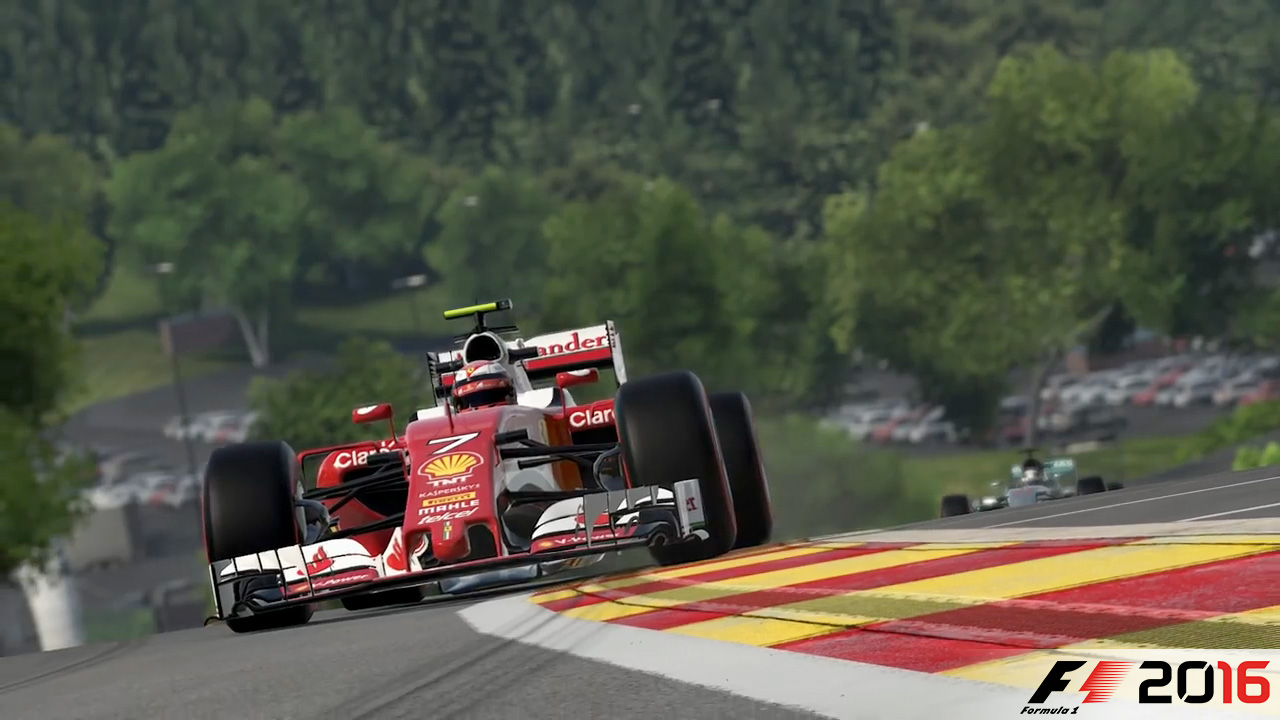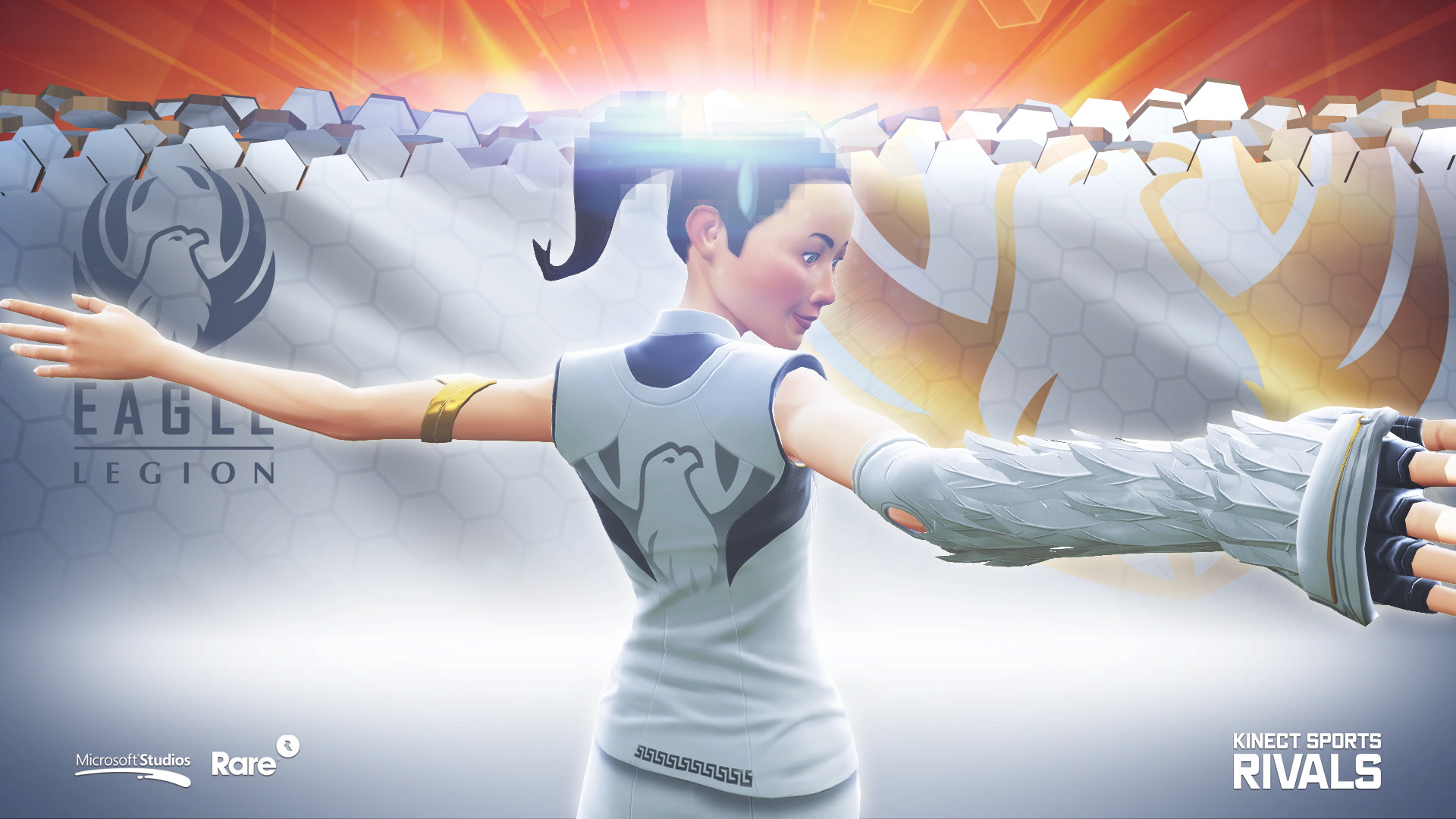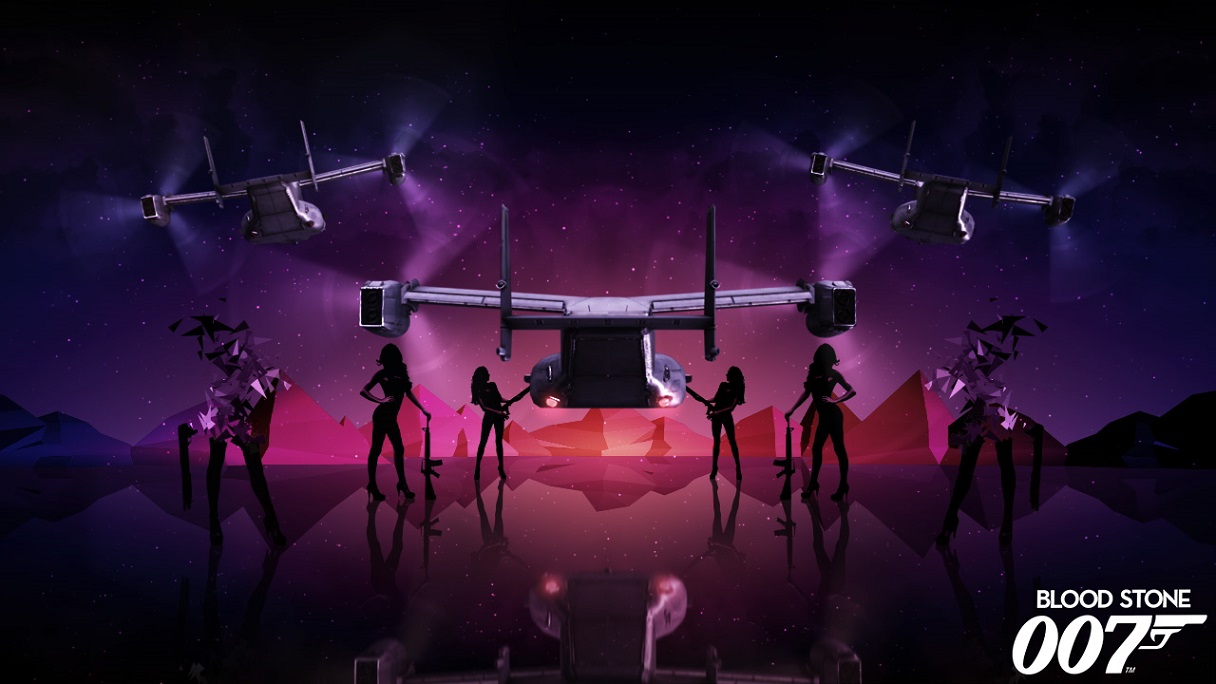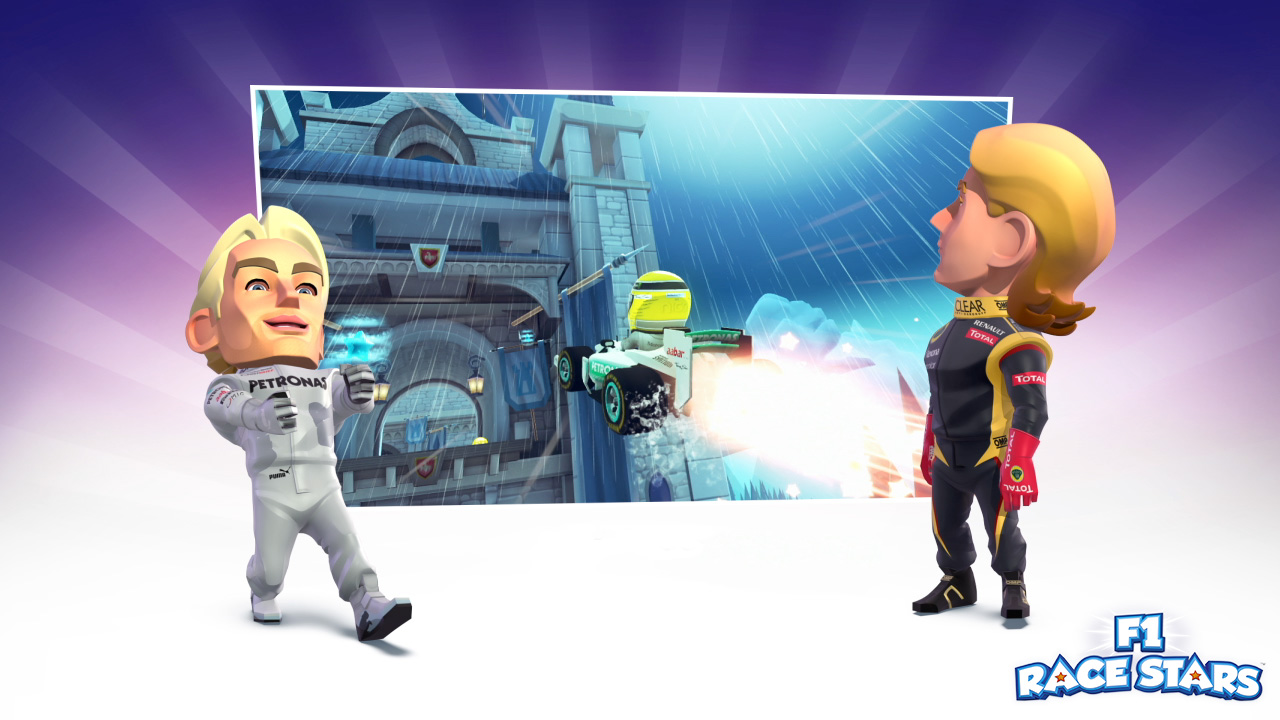
 Job Title:
Job Title:
Games Cinematics Artist
One Sentence To Describe Work Role:
Producing cinematic content from video games for promotional trailers, marketing assets and in-game videos.
Number Of Years Dedicated To This Field Of Work or Lifestyle:
8.5 years
Category Of Work:
Employment – Paid Work
Country / Area of Work:
United Kingdom
Industry:
Arts/Entertainment/Publishing
Type:
Employment![]()
Key Skills For The Job:
A keen eye for what makes a good shot, a passion for photography or videography will go a long way.
Video editing & motion graphics skills. Understanding of 3d software; different games companies use different tools, some off-the-shelf, some bespoke. Passion for gaming is a big help but not essential, even if you don’t play day to day then keeping up with what the competition are doing can only help.
Love of film, tv and music will help with generating ideas for trailers and video content.
Ability to learn new software as most games companies have their own tools. Ability to work on your own or as a team with good patience for when the game in development doesn’t work
Vital Key Skill:
Any understanding or experience of creating content using games. Whilst opportunities within games studios aren’t that prevalent, a demonstration of passion for capturing and editing footage from your own game play or utilising games photo modes will be well received.

Your Personal Experience Of Entering This Role:
University degree in computer animation. Professional experience as a 3d artist, video editor and motion graphic designer in other sectors but no previous experience in the games industry.
Tips For Undertaking This Work:
Grab a capture box for your pc or console and create videos from your own game play. Or re-cut videos and trailers from YouTube. Or use games built in photo modes to create dynamic shots that showcase your photographic eye.
Future Progression Or Developments:
Even if a specific video role doesn’t exist at a games studio, starting out in QA can be a great foot in the door in the games industry and an opportunity to learn how studios operate and how games are developed. A good percentage of people in key roles in games studios started out in QA.
![]()
Work on more personal projects to showcase your passion for creating original videos, regardless of whether they are game-related or not. Don’t get caught up on learning certain software inside-out as that knowledge will come with experience and every studio uses different variations of off-the-shelf software and proprietary tools anyway.

![]()
What Are The ‘tools of the trade’ Used Daily:
Off-the-shelf 3d software such as Maya, Max, Cinema4D. Adobe Creative Suite software including Premiere Pro, After Effects, Audition, Photoshop and Illustrator. Bespoke tools for creating virtual cameras in game, either during play or by saving replays of game play and identifying key moments to capture. Some game engines such as Unity feature their own cinematic tools.
A Typical Day’s Duties:
Speaking with other teams and producers to see if the latest game code is safe to grab and will add any key features that will make game capture look better.
Daily scrum with Creative Director, Art Director and team members to discuss progress and identify any issues or blockers.
Playing the game to create standout moments and key gameplay.
Working with replays to create camera sequences that will be exported to the game.
Capturing those camera sequences.
Editing them into videos such as marketing trailers, in game cutscenes or tutorials, or development diaries.
Capturing simpler b-roll footage of gameplay that key games news sites can use in their own video features.
Is Travelling A Regularly Part Of This Work:
No
Weekly Working Hours:
Full Time
Type Of Hours Arrangement:
Typical working week hours at most times but expect increased hours during crunch periods approaching key video milestones and project completion when evenings and weekends often become the norm. Promotional assets for shows such as E3 or Gamescom and the launch trailer will usually come in hot!
![]()
The Best Thing About The Work You Do:
The reward of getting to show a game project in the best possible light and showcase it to a global audience, whether it’s as part of a game show, a cinema or tv ad or an online video. This is very rewarding both to yourself and the whole team involved in the project. Working with lots of very talented people to take a game project from a simple idea through to a published title is awesome!
Your Least Favorite Thing About The Work You Do:
Long hours and high pressure around key milestones. Submissions to a game during development can often inadvertently break the game or tools for cinematics which causes delays and more pressure once things are fixed. Some game studios embrace the importance of game cinematics more than others with some projects having little to no support for tools making it very difficult to produce engaging content.
Any Duties You Hadn’t Anticipated Prior To Undertaking The Work:
Working with key team members and coders to develop bespoke tools for games based on a new game engine with no existing cinematic tool support.

![]()
The Top Perks Of The Work:
As well as the “best things about the job”, game studios are typically great places to work. Like a lot of creative spaces, it’s not uncommon to find a foosball table or pool table in a break out area. Launch parties at the end a project can be great and most typically organise other events mid-project. There is usually merchandise produced for a game launch and you can expect a free copy of the game you helped create as well. You’ll also work with a lot of talented people from all across the globe.
Other Work In The Same Sector:
Cutscene Editor, QA Technician, Creative Director, UI Designer, UX Designer, Games Programmer.
What Professional Organisations Are Associated With Your Work:
Various as games companies exist worldwide. Examples include TIGA & UKIE in the UK, The ESA and IGDA in the US and iGEA for New Zealand and Australia.
![]()
Additional Info You Wish To Share:
I’ve worked in the games industry for over eight years now, having previously worked in the inflight entertainment, broadcast and corporate sectors and this has been the most rewarding part of my career. I’ve worked with a number of developers and publishers, unfortunately due in part to the volatility of the games industry where an under-performing project or game release can spell the end of the studio, but if you find the right studio and project then the job can be very rewarding, and I feel very privileged that I get to do what I do, and get paid for it!

Where People Can Visit For More Details On Your Work:
https://vimeo.com/whipp3dcream




